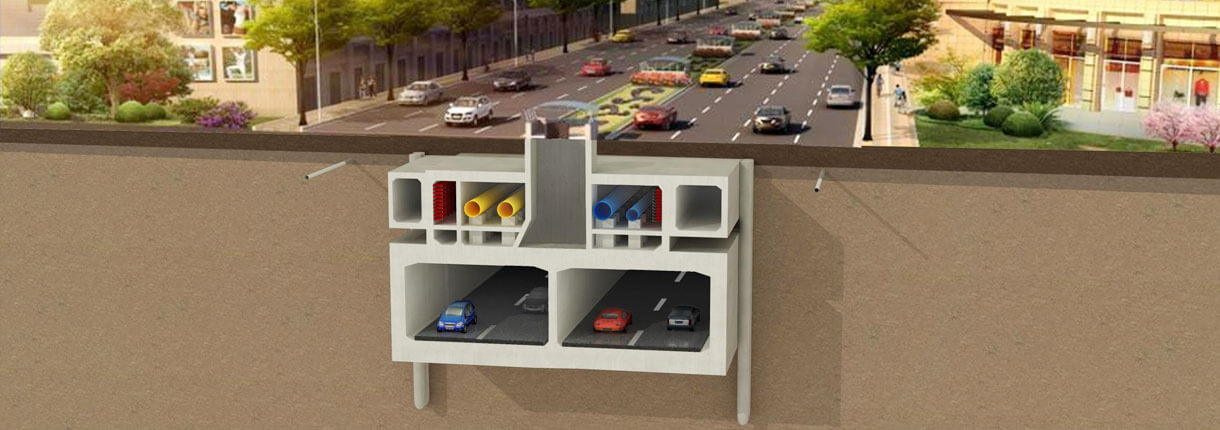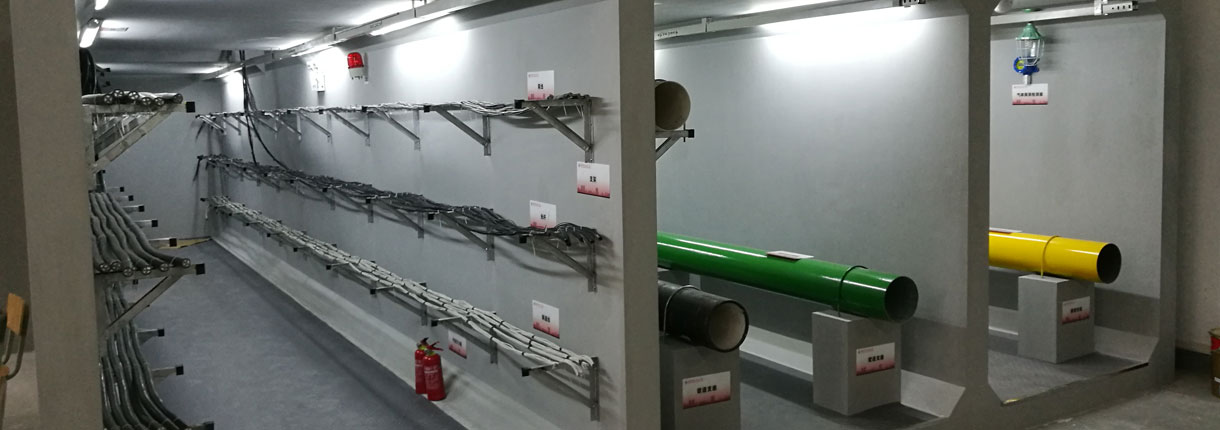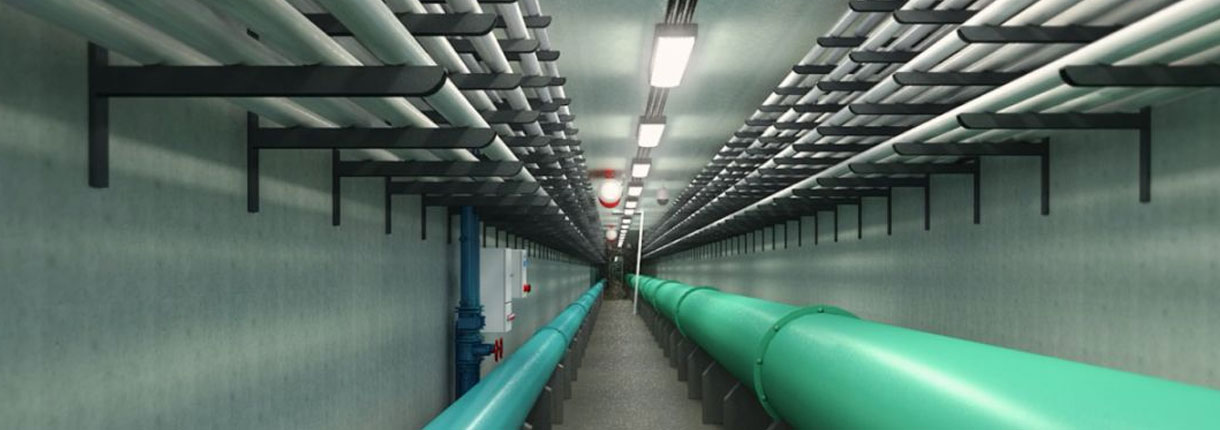Ruifengda Metal Products Urban Underground Comprehensive Pipe Gallery refers to a public tunnel where municipal pipelines such as electricity, communication, water supply, drainage, heat, gas and other pipelines are laid. It is an important part of urban infrastructure.
To put it simply, the underground integrated pipe gallery is like a common "house" built in various pipelines underground, and it is called "common trench" or "common pipeline" in some places. As a public tunnel for municipal pipelines, the comprehensive pipeline gallery integrates various pipelines such as electricity, communications, gas, heating, water supply and drainage, and is generally located about 3 meters underground. Small and large can be opened to traffic.
The underground integrated pipe gallery is equipped with special inspection ports, hoisting ports and monitoring systems for unified planning, design, construction and maintenance, thus becoming an important "lifeline" for ensuring the operation of the city.

Several forms of joint gallery
1. The trunk line integrated pipe gallery. It is a comprehensive pipe gallery constructed with independent sub-cabin methods for accommodating urban backbone engineering pipelines. The section size of the pipe gallery is generally 28 square meters.
2. Branch line integrated pipe gallery. It is a comprehensive pipe gallery constructed in a single-cabin or double-cabin method for accommodating urban distribution engineering pipelines. The section size of the pipe gallery is generally the same as that of the trunk line comprehensive pipe gallery, and some are larger than the trunk line comprehensive pipe gallery.
3. Cable duct gallery. It is constructed in a shallow buried trench, equipped with an openable cover, but its internal space cannot meet the requirements of normal passage of personnel, and is used to accommodate power cables and communication cables. The cable pipe gallery is generally 1 meter × 1 meter.

Underground integrated pipe corridors are generally divided into trunk lines, branch lines, and cable pipe corridors. Trunk lines are mainly built under the center of urban roads, which are the "aorta", and branch lines and cables are mainly built under the sidewalks on both sides of the road, which are "capillaries". The whole constitutes a systematic underground pipe network system, covering every corner of the city.
In addition to heavy rain and waterlogging, accidents such as pipeline rupture, road collapse, gas leakage and explosion are also torturing urban safety, and the importance of underground comprehensive pipe corridors has become increasingly prominent.


